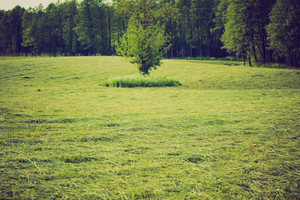Maintaining a lush green lawn can be challenging, but with the right techniques and practices, you can have a beautiful yard that impresses your neighbors. Here are some essential tips to help you achieve healthy growth and maintenance of your lawn.
1. Proper Watering Techniques – One of the most important aspects of caring for your lawn is watering it properly. Overwatering can lead to diseases while underwatering can result in drought stress. The best time to water your lawn is early morning or late evening when temperatures are cooler. Avoid watering during the hottest part of the day as this can cause evaporation before the water has a chance to soak into the soil. Make sure to give your lawn about an inch of water per week, which may require more frequent waterings during hot summer months.
2. Mowing Techniques – Regular mowing helps keep your lawn looking neat and tidy. However, improper mowing techniques can damage your grass and make it susceptible to disease. Always use a sharp blade to avoid tearing the grass blades. Cutting your grass too short can also weaken it and increase its vulnerability to pests and weeds. It’s recommended to mow your lawn at a height of 3-4 inches to promote healthy growth.
3. Fertilization – Feeding your lawn with fertilizer is crucial for maintaining its health and vitality. Choose a fertilizer that contains nitrogen, phosphorus, and potassium (NPK) in equal proportions. Apply fertilizer according to the instructions on the package, taking care not to overfeed your lawn. Too much fertilizer can harm your grass and even pollute nearby bodies of water.

4. Preventing and Treating Common Lawn Diseases – Lawn diseases such as brown patch, rust, and snow mold can occur due to various reasons including weather conditions, poor drainage, and lack of sunlight. To prevent these diseases from spreading, remove any affected areas promptly using a rake or broom. Applying fungicide can also help control the spread of lawn diseases. If your lawn already has a disease, apply the appropriate treatment following the directions on the product label.
By incorporating these best practices into your lawn care routine, you can ensure healthy growth and maintenance of your lawn all year round.





